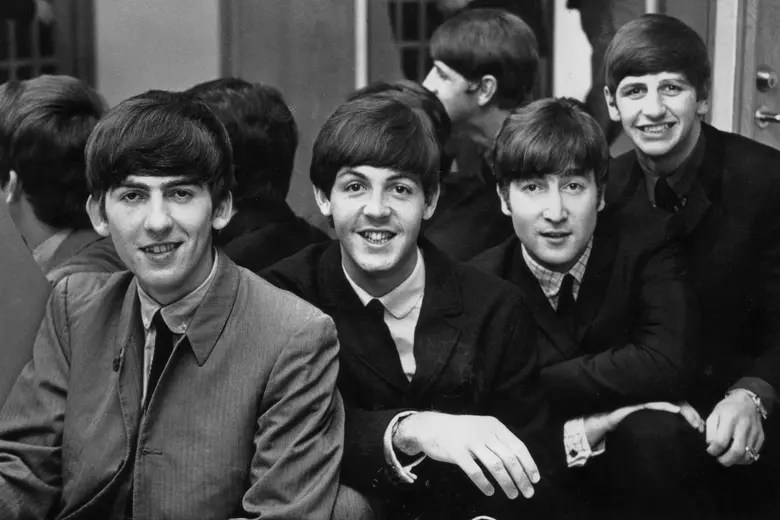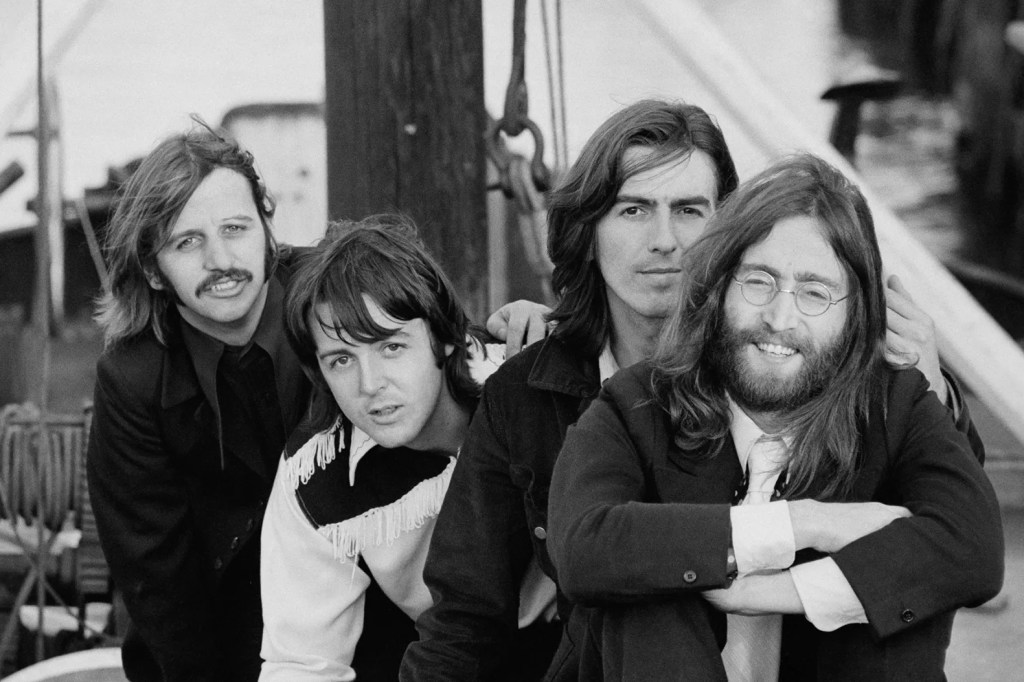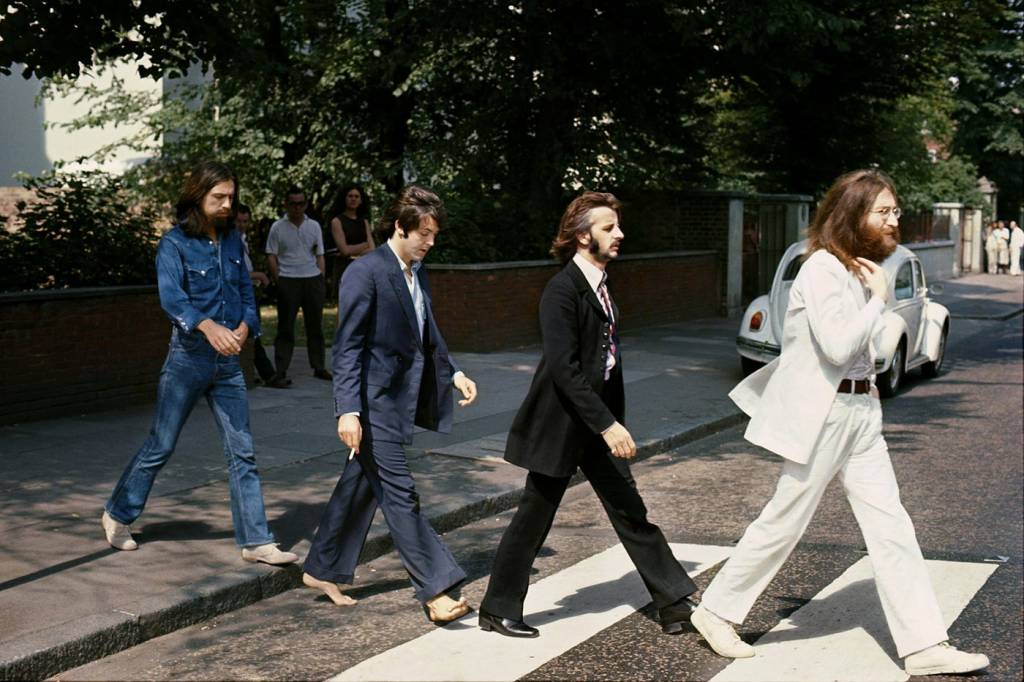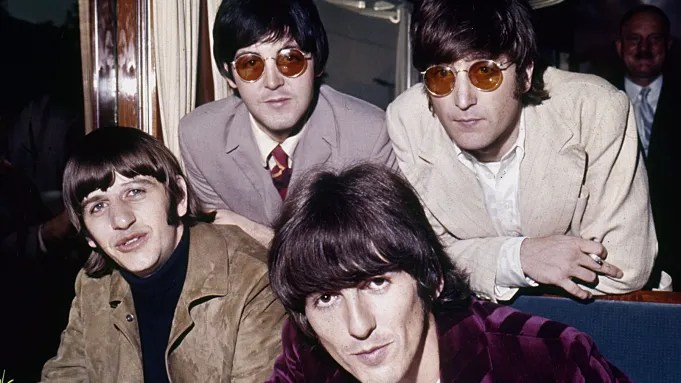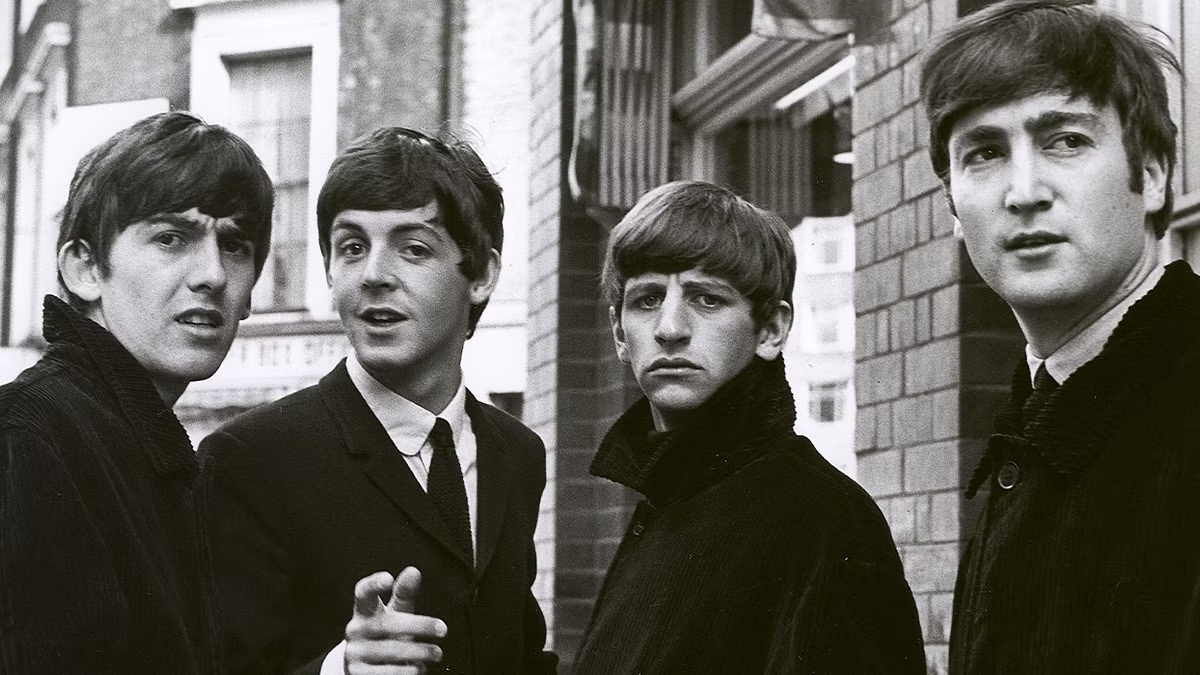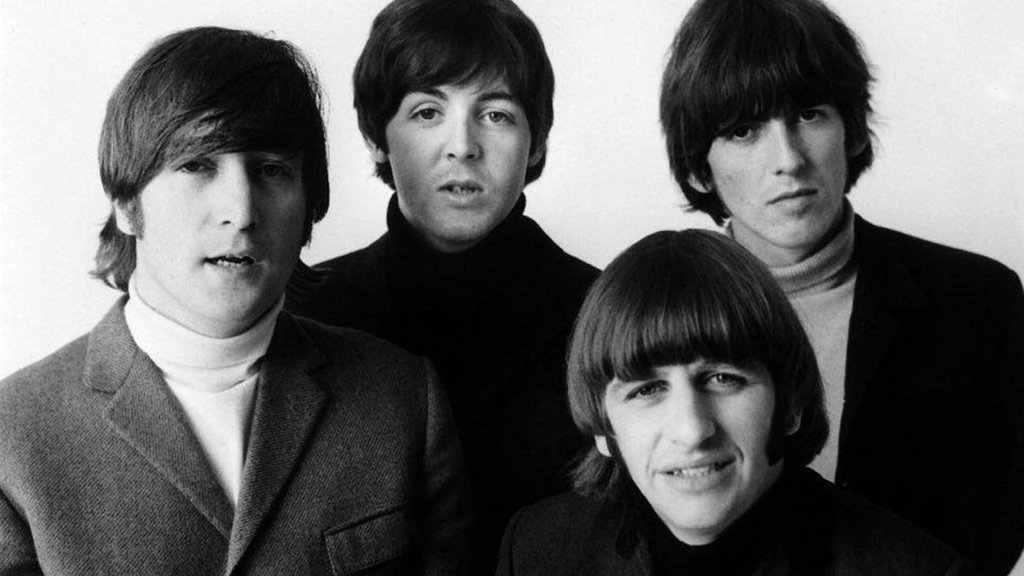Careful with that axe, Eugene
A month ago, I went searching for classic rock tunes that had a female name in the title. I found enough songs which used just a woman’s name by itself (“Sara,” “Jolene,” “Gloria,” “Cecilia,” “Melissa”) to put together a decent playlist and write about them.
Interestingly, when I went looking for songs with men’s names as the title, there seemed to be only a handful (“Daniel,” “Vincent,” “Ben”). In order to come up with enough tunes to put together a sufficient playlist, I had to broaden my search to include songs that use men’s names with additional adjectives or phrases. This week, I’ve assembled 20 songs featuring men’s names.

If nothing else, it finally gave me the chance to shine a light on one of my all-time favorite strange song titles, which I used as the headline: Pink Floyd’s experimental instrumental track, “Careful With That Axe, Eugene.” The song doesn’t even mention the name in the lyrics because the song has no lyrics at all…
The Spotify playlist at the end includes the 20 selected songs and another dozen honorable mentions, all here for your eclectic listening pleasure.
**********************

“Daniel,” Elton John, 1972
Lyricist Bernie Taupin said “Daniel” was inspired by an article he read in 1972 about a man who returned wounded from Vietnam and wanted to hide from all the attention. “Do you still feel the pain of the scares that won’t heal” alludes to that man’s trauma, and Taupin has him escaping to Spain, despite leaving his younger brother behind. John wrote a beautiful melody for it, but it remains melancholy for me. It reached #2 in the US as the second single from his “Don’t Shoot Me, I’m Only the Piano Player” LP.
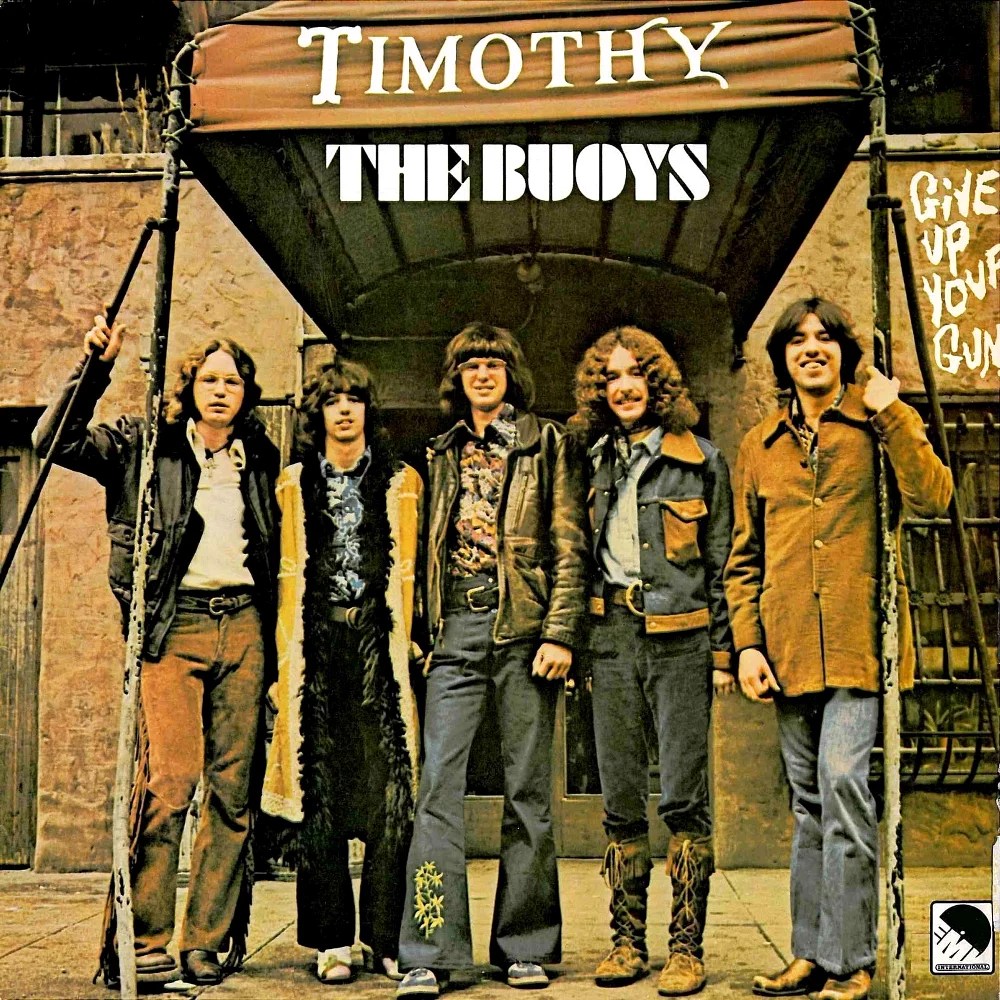
“Timothy,” The Buoys, 1971
This notorious single about three boys trapped in a mine cave-in garnered airplay and attention with lyrics that implied two of the boys resorted to cannibalism to survive. Written by future recording star Rupert Holmes, “Timothy” kept the grisly subject matter just vague enough and then set it to an upbeat rock melody accompanied by horns and strings. “I wanted to write something controversial,” Holmes said, “but I knew using obscenities or sex references would get banned, so I came up with this instead.”
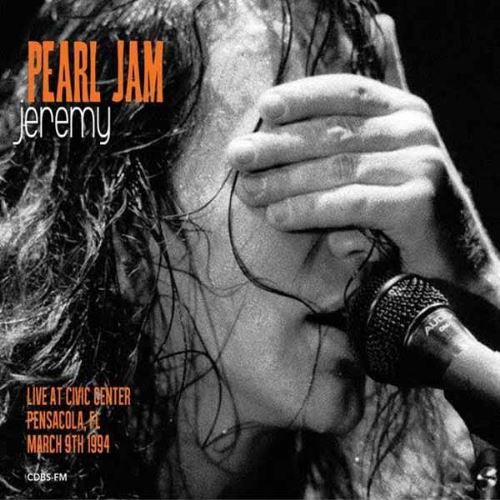
“Jeremy,” Pearl Jam, 1991
When Eddie Vedder read about a troubled 15-year-old named Jeremy who shot himself in front of his class one morning in 1991, he knew he had to write about it, not as a tribute but more “as a reaction, to give it more importance.” He added, “When you kill yourself to get some sort of revenge on the world, it does nothing. You’re gone, and the world goes on. The best revenge is to live on and prove yourself.” The edgy subject matter caused the song to stall at #79 on pop charts, but it went Top Five on alternative charts.

“Vincent,” Don McLean, 1971
In 1970, McLean was reading a book about the life of artist Vincent Van Gogh, who had allegedly committed suicide over a woman who had rejected him. “Suddenly I knew,” McLean said, “that I had to write a song arguing that he wasn’t crazy.” The song he came up with offers a soothing melody and emotional lyrics “that sympathize with Van Gogh’s suicide as a sane response to an insane world,” as one critic put it. It reached #12 on US charts in 1972 as the follow-up to his opus “American Pie.”

“Jesse,” Carly Simon, 1980
Simon wrote “Jesse” as a narrative about a fictional ex-lover who has returned to town, and she wants her friends to help her steer clear of him (“Don’t let him near me, don’t let him please me”). “This song,” she said, “lays plain the fact that good intentions can sometimes go to hell when you are crazy about someone.” It was the lead single from Simon’s ninth LP, 1980’s “Come Upstairs,” and reached #11 on US pop charts that summer. Her voice never sounded better than it did on this track.

“Ben,” Michael Jackson, 1972
If you don’t know the back story, “Ben” is a pleasant, middle-of-the-road ballad about friendship, which 14-year-old Michael Jackson turned into a hit single in 1972. The narrator sings, “Ben, most people would turn you away… They don’t see you as I do… You, my friend, will see, you’ve got a friend in me…” It’s only when you learn that Ben is, in fact, a pet rat and the title “character” of a horror movie that you might roll your eyes at the silliness of it. Still, it reached #1 and was nominated for a Best Song Oscar.

“Georgy Porgy,” Toto, 1978
Considering the basis of this smartly produced tune is a children’s nursery rhyme, “Georgy Porgy” made a significant impact as part of Toto’s catalog. It stalled at #48 on the pop charts but fared much better on R&B and dance charts, thanks to the marvelous groove brought by bassist David Hungate and drummer Jeff Porcaro. The sublime vocals of Steve Lukather and backing by disco singer Cheryl Lynn give the track the polished sheen that earned Toto many accolades over the years.
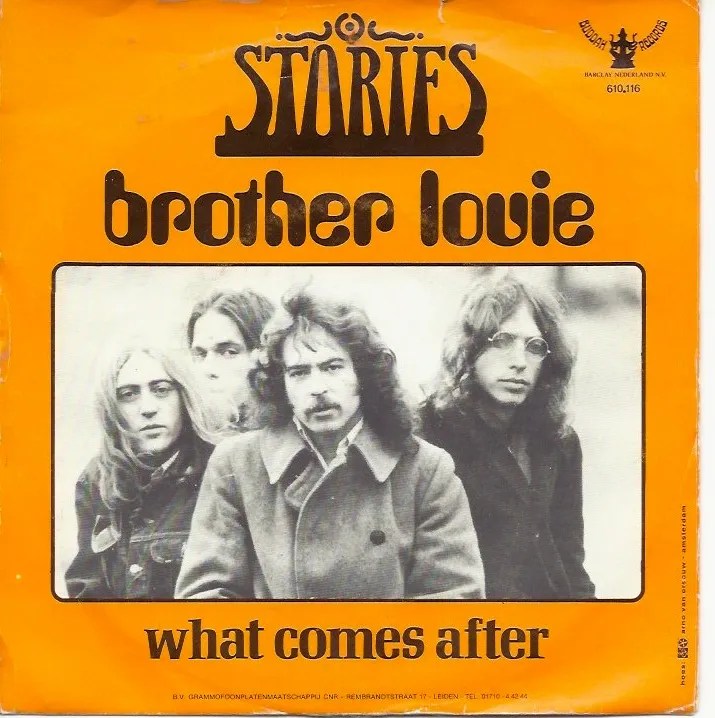
“Brother Louie,” The Stories, 1973
British soul band Hot Chocolate, who would go on to have several hits singles on US charts in the ’70s including “You Sexy Thing” and “Every 1’s a Winner,” wrote and first recorded “Brother Louie” in 1973. The American rock band The Stories cut their own version and took it to the top of the US pop charts that same year. The title character is a white man who got his nickname from black men who felt sorry for him for falling for a black girl despite both families’ vehement disapproval.

“What’s the Frequency, Kenneth?” R.E.M., 1994
After a pair of pop-friendly albums in the early ’90s, R.E.M. took a hard left turn in 1994 with “Monster,” an album marked by distorted guitars and darker lyrics. The lead single was “What’s the Frequency, Kenneth?”, Michael Stipe’s critique about a Baby Boomer who desperately wants to figure out what motivates members of Generation X, “but by the end, it’s completely bogus. He got nowhere.” The title comes from the cryptic phrase a hustler repeatedly yelled at news anchor Dan Rather in a 1989 attack.

“Goodbye Earl,” The Dixie Chicks, 1999
This “country murder ballad,” recorded by The Dixie Chicks for their 1999 album “Fly,” uses humor to confront the deadly issue of domestic violence. Earl routinely beat up his wife Wanda, even after a restraining order against him, so her friends conspired to poison him because “Earl had to die,” and he became “a missing person that nobody missed.” It reached #13 on country charts, and urged women listeners caught in this situation not to resort to violence but to use improved community resources.

“Arthur’s Theme,” Christopher Cross, 1981
Cross teamed up with Carole Bayer Sager and Burt Bacharach to write this popular tune as the theme song for the 1981 hit comedy “Arthur” starring Dudley Moore as a lovable wealthy drunk. As the lyrics explain, Arthur “does as he pleases,” and is “living his life one day at a time, and showing himself a pretty good time.” And, as the subtitle says, “The best that you can do is fall in love,” which he does, to Liza Minnelli’s character. It ended up winning a Best Song Oscar.
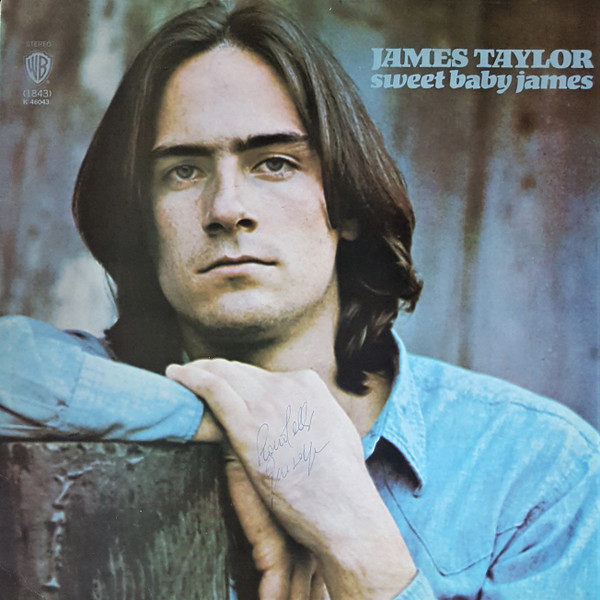
“Sweet Baby James,” James Taylor, 1970
Taylor tells the story of how he was driving from New England back home to North Carolina in 1969 to meet his newly-born nephew James, “and I wanted to write a sort of cowboy lullaby for him.” He wrote it as a waltz, with the “rock-a-bye” lullaby reference, and ultimately recorded it as the title track of his breakthrough album in 1970. Curiously, it failed to chart as a single, but it’s a hugely popular fan favorite and has been performed at virtually every Taylor concert in the 55 years since its release.
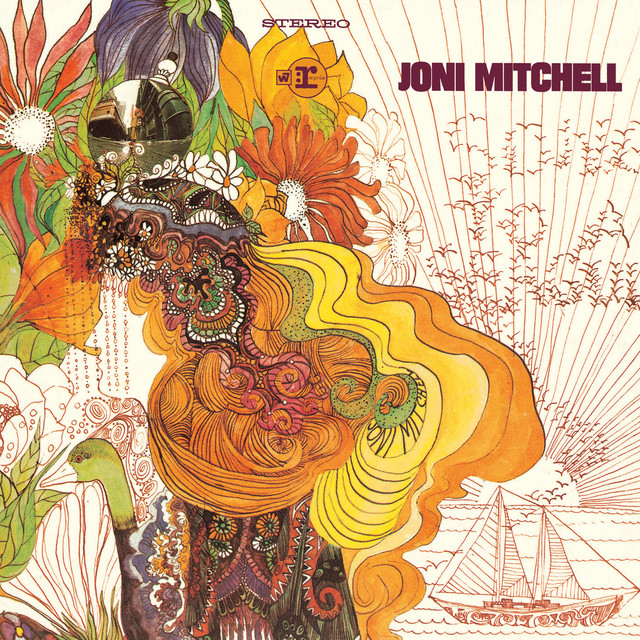
“Michael From Mountains,” Joni Mitchell, 1968
Even on her very first album in 1968, Mitchell demonstrated an unparalleled gift for songwriting. I’ve always been fond of the delicate “Michael From Mountains” (and its cover version by Judy Collins the same year). It’s a sweetly intimate song about taking a morning walk in the rain with a Colorado man she met, and I think it’s the finely observed details — “oil on the puddles in taffeta patterns that run down the drain” and Michael drying her off “in a towel or two” — that really make the song special.

“You Can Call Me Al,” Paul Simon, 1986
In the early 1970s, Simon and his first wife Peggy were being introduced to a famous Hollywood producer who had suffered some hearing loss. “This is Peggy and Paul,” he was told, but he replied, “Hi Betty, hello Al, nice to meet you.” The couple found it amusing and chose not to correct him. More than a dozen years later, Simon couldn’t resist using the anecdote in “You Can Call Me Al,” the effervescent, whimsical single from his brilliant multi-platinum “Graceland” album.
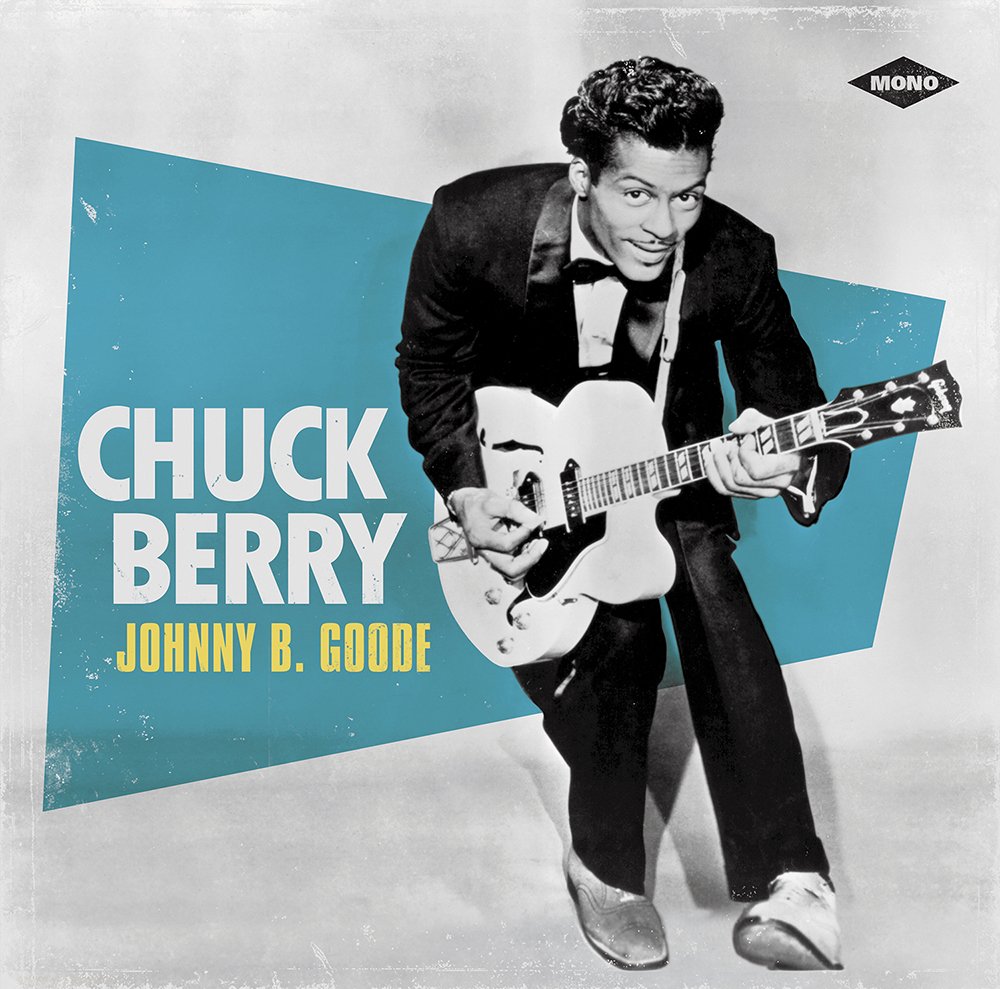
“Johnny B. Goode,” Chuck Berry, 1958
One of the essential tracks of early rock and roll, this tale of a “poor country boy” (Berry originally wrote it as a “poor colored boy” but changed it to gain more airplay) who becomes a guitar-playing rock star is seen as semi-autobiographical. Writer Joe Queenan said, “No song in rock history more jubilantly celebrates the downmarket socioeconomic roots of the genre than ‘Johnny B. Goode,'” and I’d have to agree. It peaked at #2 on R&B charts and #8 on US pop charts.
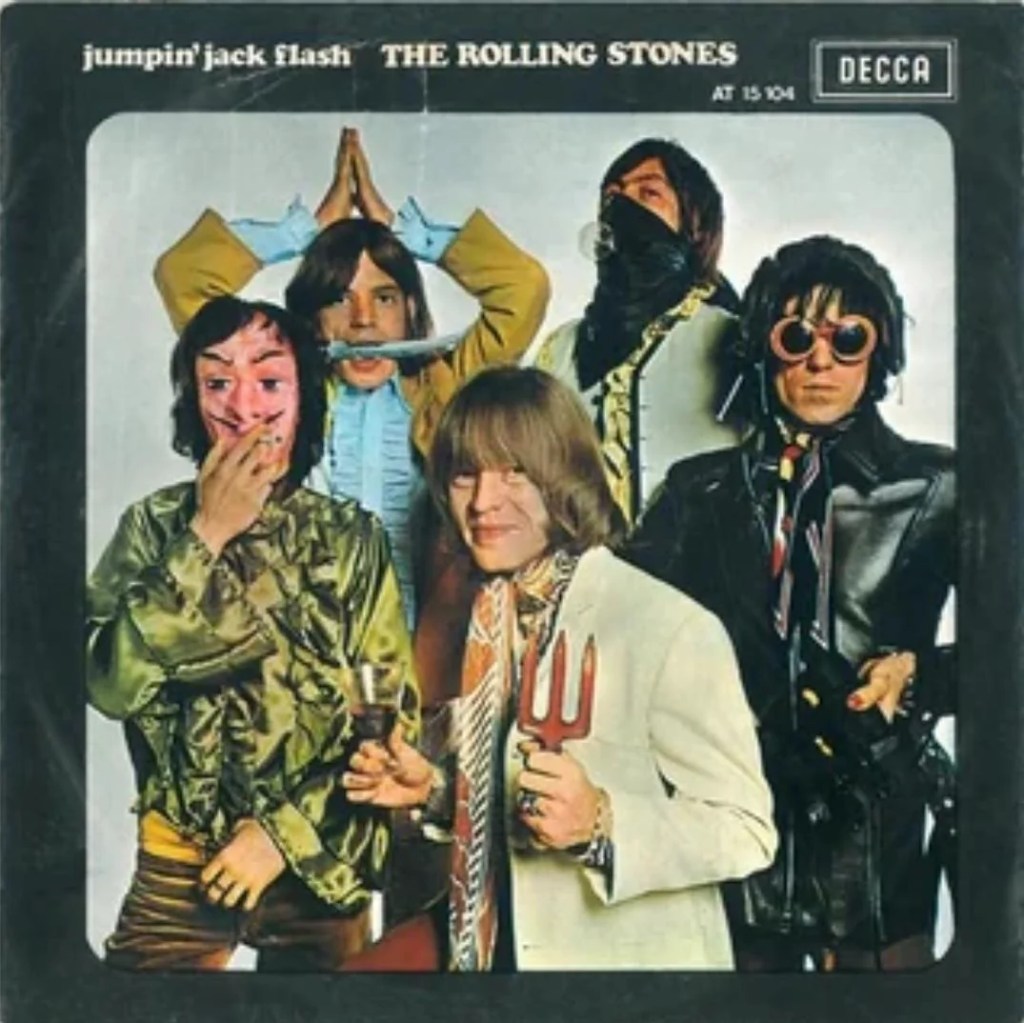
“Jumpin’ Jack Flash,” The Rolling Stones, 1968
After the baroque pop and psychedelia that marked their 1966-67 period, The Stones returned to their blues roots with this 1968 single, the first song recorded during their “Beggars Banquet” sessions. It was inspired by Keith Richards’ gardener Jack Dyer, whose heavy footsteps woke Mick Jagger one morning. “What’s that?” he asked. “Oh, that’s just jumpin’ Jack outside,” Richards replied. It became a #1 single in the UK and #3 in the US, and became their most often performed song in concert.
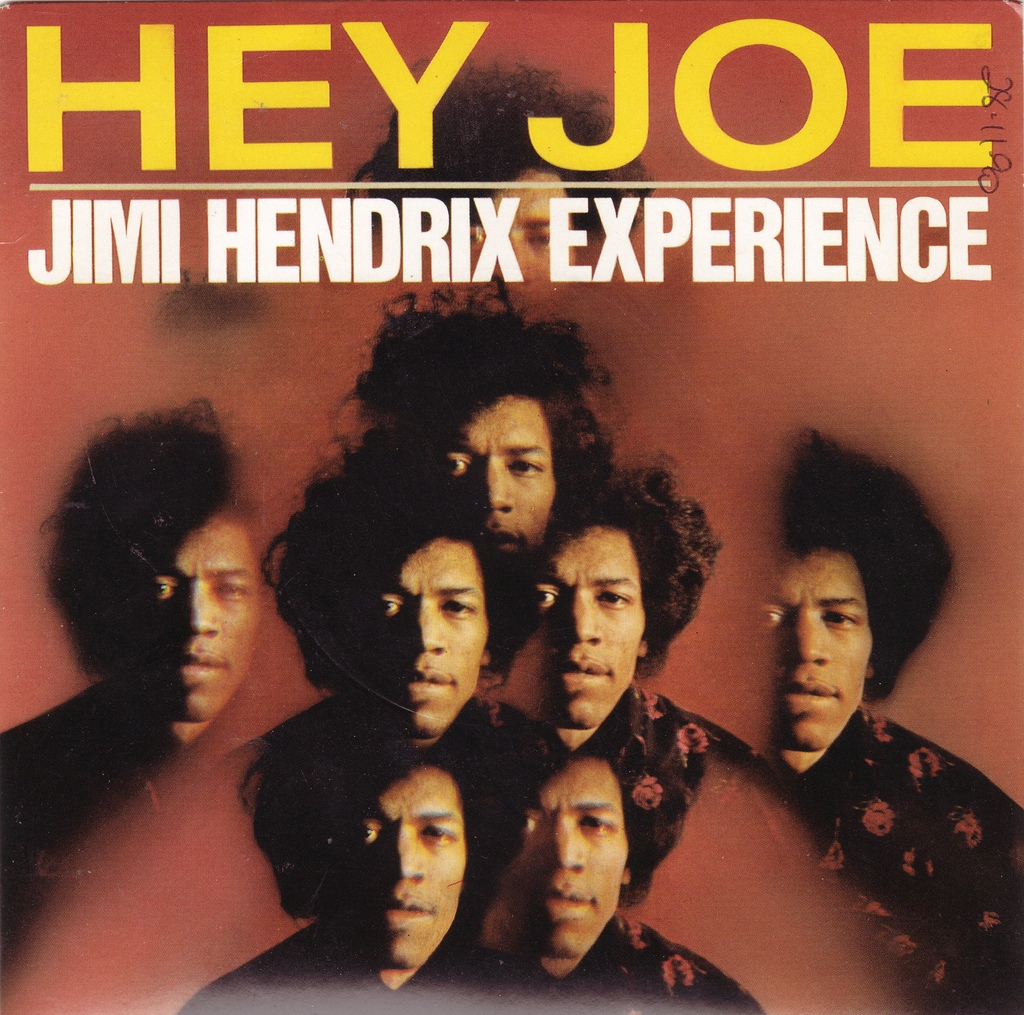
“Hey Joe,” Jimi Hendrix Experience, 1967
Authorship of this song is uncertain, but it’s been recorded in many musical styles by hundreds of different artists. It tells the tale of a man named Joe who’s on the run after shooting his woman for infidelity. Although it was originally conceived and performed as a folk tune, probably the definitive version is by the Jimi Hendrix Experience, who created an incendiary rendition in 1966 for their debut single, which also appeared on their landmark “Are You Experienced?” LP in 1967.

“Adam Raised a Cain,” Bruce Springsteen, 1978
Next to the more melodic rock tunes on his “Darkness on the Edge of Town” LP, Springsteen said “Adam Raised a Cain” is intentionally meant to be jarring and almost dissonant. “This one was emotionally autobiographical. I was writing about the sometimes difficult relationship between fathers and sons, like the one I had with my own father,” he said. “I used the biblical story of Adam and his son Cain as an example of how chaotic these things can be, so I used harsh guitars and raspy vocals.”
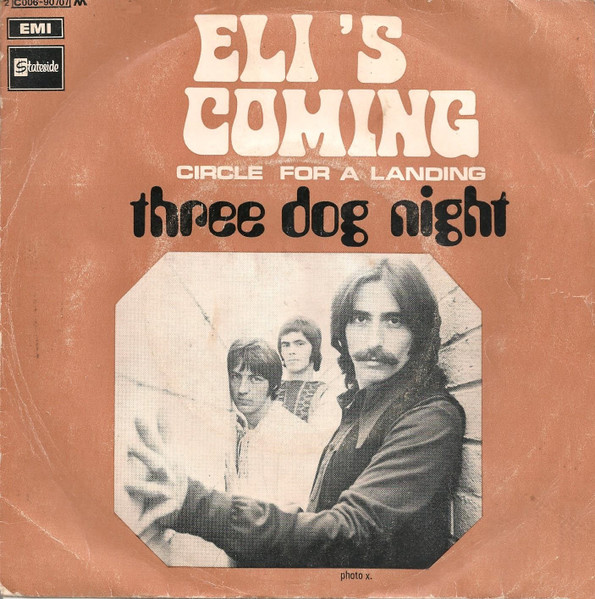
“Eli’s Coming,” Three Dog Night, 1969
Widely praised songwriter Laura Nyro, whose insecurity prevented her from getting anywhere as a performing artist, watched her songs become big hits by other artists like The Fifth Dimension (“Wedding Bell Blues”) and Blood, Sweat & Tears (And When I Die”). Her song “Eli’s Comin’,” a tune that warns women to beware of a womanizing heartbreaker named Eli who is returning to town, became Three Dog Night’s third Top Ten hit of 1969.
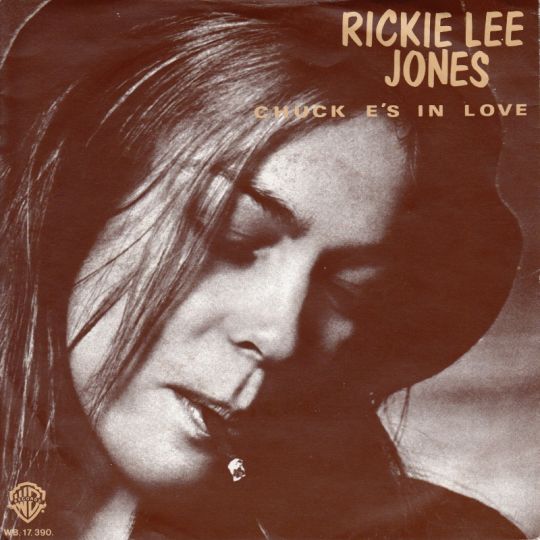
“Chuck E.’s in Love,” Rickie Lee Jones, 1979
Jones, fellow songwriter Tom Waits and a guy named Chuck Weiss used to hang out in Hollywood in the late ’70s. Weiss, affectionately known as “Chuck E.,” disappeared but called a few weeks later to say he was in Denver and had begun a whirlwind romance. Waits told Jones, “Apparently, Chuck E.’s in love.” She loved that phrase and turned it into the title of a mostly true story about her friend, and it became her most well-known song, reaching #4 on US pop charts in 1979.
**********************
Honorable Mention:
“Cocaine Charlie,” Atlanta Rhythm Section, 1980; “Fred,” The James Gang, 1969; “Careful With That Axe, Eugene,” Pink Floyd, 1968; “Jimi Thing,” Dave Matthews Band, 1994; “Handsome Johnny,” Richie Havens, 1966; “Hit the Road Jack,” Ray Charles, 1961; “Louie Louie,” The Kingsmen, 1963; “You Don’t Mess Around With Jim,” Jim Croce, 1972; “Danny’s Song,” Loggins and Messina, 1971; “Matthew and Son,” Cat Stevens, 1967; “Uncle John’s Band,” Grateful Dead, 1970; “Jessie’s Girl,” Rick Springfield, 1981.
***********************

